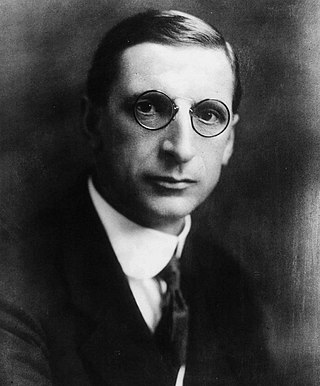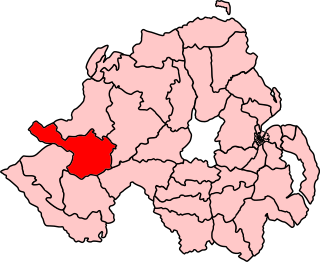
The 1918 Irish general election was the part of the 1918 United Kingdom general election which took place in Ireland. It is a key moment in modern Irish history because it saw the overwhelming defeat of the moderate nationalist Irish Parliamentary Party (IPP), which had dominated the Irish political landscape since the 1880s, and a landslide victory for the radical Sinn Féin party. Sinn Féin had never previously stood in a general election, but had won six seats in by-elections in 1917–18. The party had vowed in its manifesto to establish an independent Irish Republic. In Ulster, however, the Unionist Party was the most successful party.
| label6 = Reporting | data6 = as of {{{last_update}}} {{{time_zone}}} }}

The 1925 Northern Ireland general election was held on 3 April 1925. It was the second election to the Parliament of Northern Ireland. It saw significant losses for the Ulster Unionist Party, although they maintained their large majority. This was the last election for the Stormont parliament conducted using Single transferable voting, a form of Proportional Representation. Fifty-two members were elected in ten districts, which each elected between four and eight members. The Ulster Unionist government abolished proportional representation during this parliament and replaced it with the first-past-the-post system used in Great Britain.

The 1945 Northern Ireland general election was held on 14 June 1945. The election saw significant losses for the Ulster Unionist Party, though they retained their majority.

The 1965 Northern Ireland general election was held on 25 November 1965. Like all previous elections to the Parliament of Northern Ireland, it produced a large majority for the Ulster Unionist Party. This was the last election in Northern Ireland in which one party won a majority of the vote. The Ulster Unionists increased their vote share largely due to a reduction in the number of uncontested seats, but also picked up two additional seats. Similarly, the Nationalist vote share decreased largely due to more of the seats in which they stood candidates being contested.

The 1949 Northern Ireland general election was held on 19 February 1949. The election became known as the Chapel-gate election because collections were held at churches in the Republic of Ireland to support the Nationalist Party campaign.

The 1933 Northern Ireland general election was held on 30 November 1933. Like all previous elections to the Parliament of Northern Ireland, it produced a large majority for the Ulster Unionist Party.

The 1929 Northern Ireland general election was held on 22 May 1929. Like all previous elections to the Parliament of Northern Ireland, it produced a large majority for the Ulster Unionist Party. It was the first held after the abolition of proportional representation and the redrawing of electoral boundaries to create single-seat constituencies. As with the rest of the United Kingdom, this has made it more difficult for independent and minor party candidates to win seats.

The 1986 Northern Ireland by-elections were fifteen by-elections held on 23 January 1986, to fill vacancies in the Parliament of the United Kingdom caused by the resignation in December 1985 of all sitting Unionist Members of Parliament (MPs). The MPs, from the Ulster Unionist Party, Democratic Unionist Party and Ulster Popular Unionist Party, did this to highlight their opposition to the Anglo-Irish Agreement, signed the month before.
Ards was a constituency of the Parliament of Northern Ireland.

Enniskillen was a constituency of the Parliament of Northern Ireland.

Lisnaskea was a constituency of the Parliament of Northern Ireland. It was located in County Fermanagh and included the namesake town of Lisnaskea.

North Londonderry was a county constituency comprising the northern part of County Londonderry. It was created in 1929, when the House of Commons Act 1929 introduced first-past-the-post elections throughout Northern Ireland. It was created in 1929 as one of five single-member constituencies replacing the former five-member Londonderry constituency. The constituency survived unchanged, returning one member of Parliament until the Parliament of Northern Ireland was temporarily suspended in 1972, and then formally abolished in 1973.

East Tyrone was a constituency of the Parliament of Northern Ireland.

West Tyrone was a constituency of the Parliament of Northern Ireland.
Mid Down was a constituency of the Parliament of Northern Ireland.
West Down was a constituency of the Parliament of Northern Ireland.
North Down was a constituency of the Parliament of Northern Ireland.
Iveagh was a constituency of the Parliament of Northern Ireland.

















